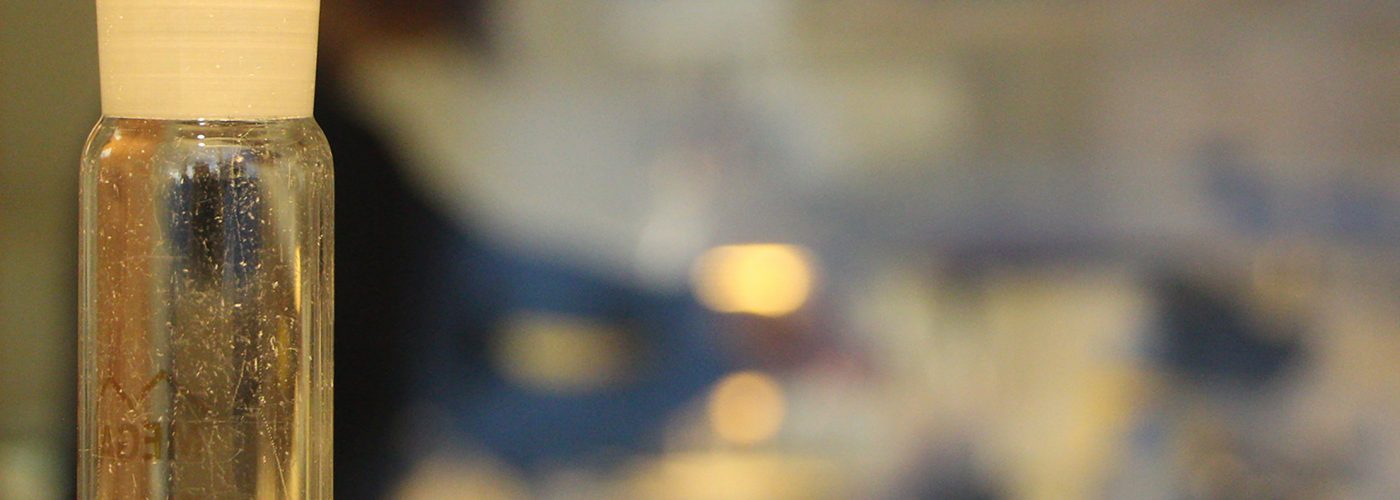Capturing images of biological specimens with an electron microscope is a complex process due to how electrons interact with matter to form images. To be viewed using TEM, the specimen must be exceptionally thin and positioned in a high vacuum. This means biological specimens can’t be imaged in their natural state and require significant processing. Therefore, sample preparation is a critical and fundamental step, representing an essential service in our facility.
Standard Protocol for Ultrastructure Imaging Sample Preparation:
- Primary Fixation:
Crosslink proteins using formaldehyde and/or glutaraldehyde.
Perfuse small mammals or immerse other samples (thickness ≤ 1 mm).
- Secondary Fixation:
Preserve lipids with osmium tetroxide.
During the fixation a black insoluble precipitate is formed on the membranes, creating membrane contrast.
- Tertiary Fixation and Contrasting:
Use uranyl acetate (binds to proteins, lipids and nucleic acids) for heavy metal contrast.
Incubate samples “en bloc” or apply to sectioned specimen before lead staining.
- Dehydration Series:
Gradual ethanol or acetone incubation for gentle water removal.
Solvent concentration is increased gradually to avoid artifacts, particularly shrinkage.
- Resin Infiltration and Embedding:
Replace solvent with increasing resin concentration.
Place in a mold filled with liquid resin and cured into a hard block using heat or UV light.
- Sectioning and Mounting:
Section specimen (<100 µm) for TEM observation.
Mount sections on specimen grids for microscope sample holder.
- Contrasting (Poststaining):
Post-stain sections with lead citrate (optional).
- Cryosubstitution and Low-Temperature Embedding:
Freeze-Substitution (FS) is a low-temperature dehydration process that avoids ice crystal formation, preventing damage seen with ambient-temperature dehydration. In FS, “frozen” water is dissolved by an organic solvent containing chemical fixatives (Steinbrecht and Müller 1987). FS combines instant cryo-fixation of cell constituents with resin embedding. After substitution, samples are gradually warmed and processed like conventionally prepared ones. Cryo-fixation followed by FS yields superior fine structure preservation compared to chemical fixation (Müller 1992).

